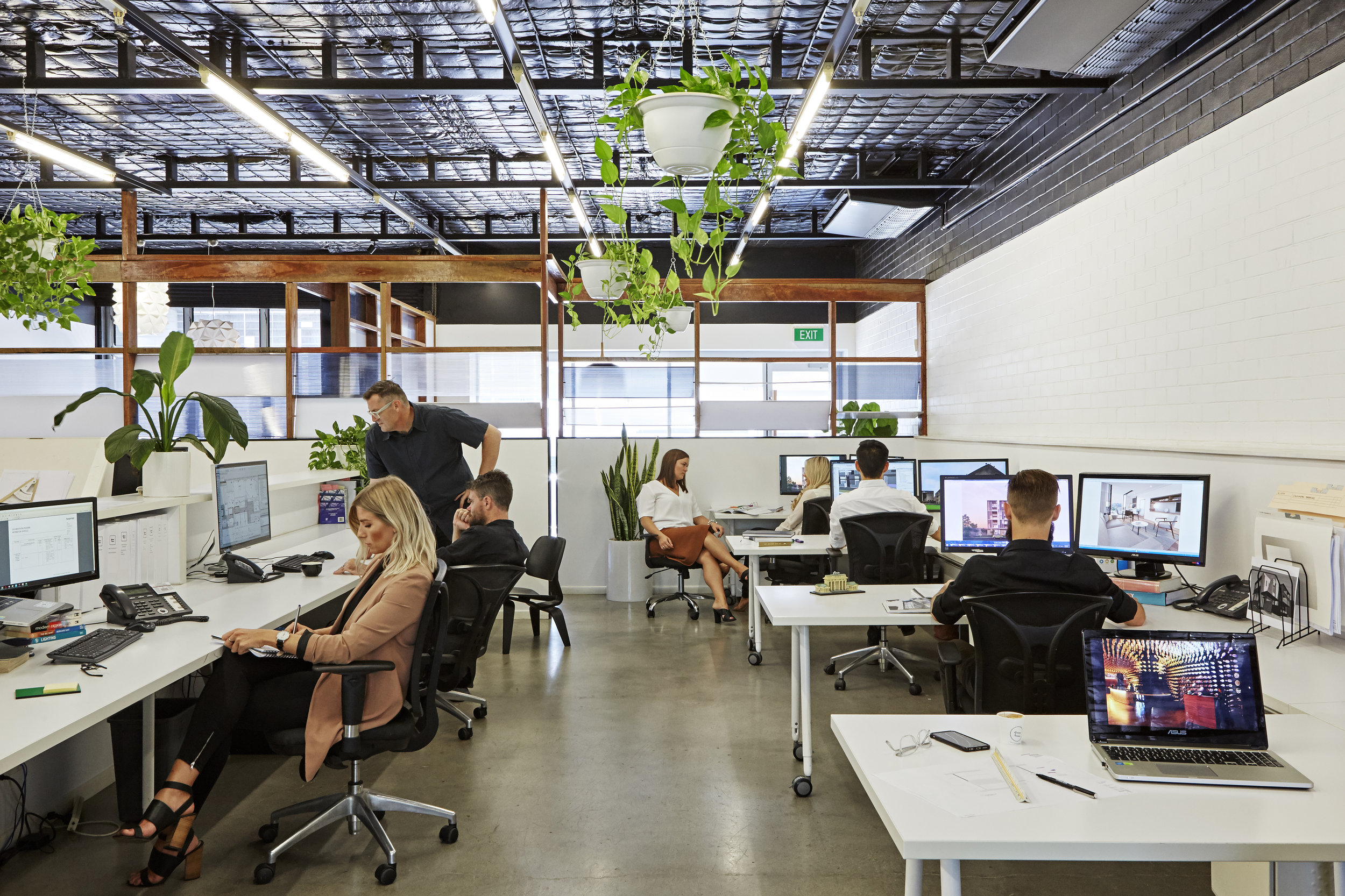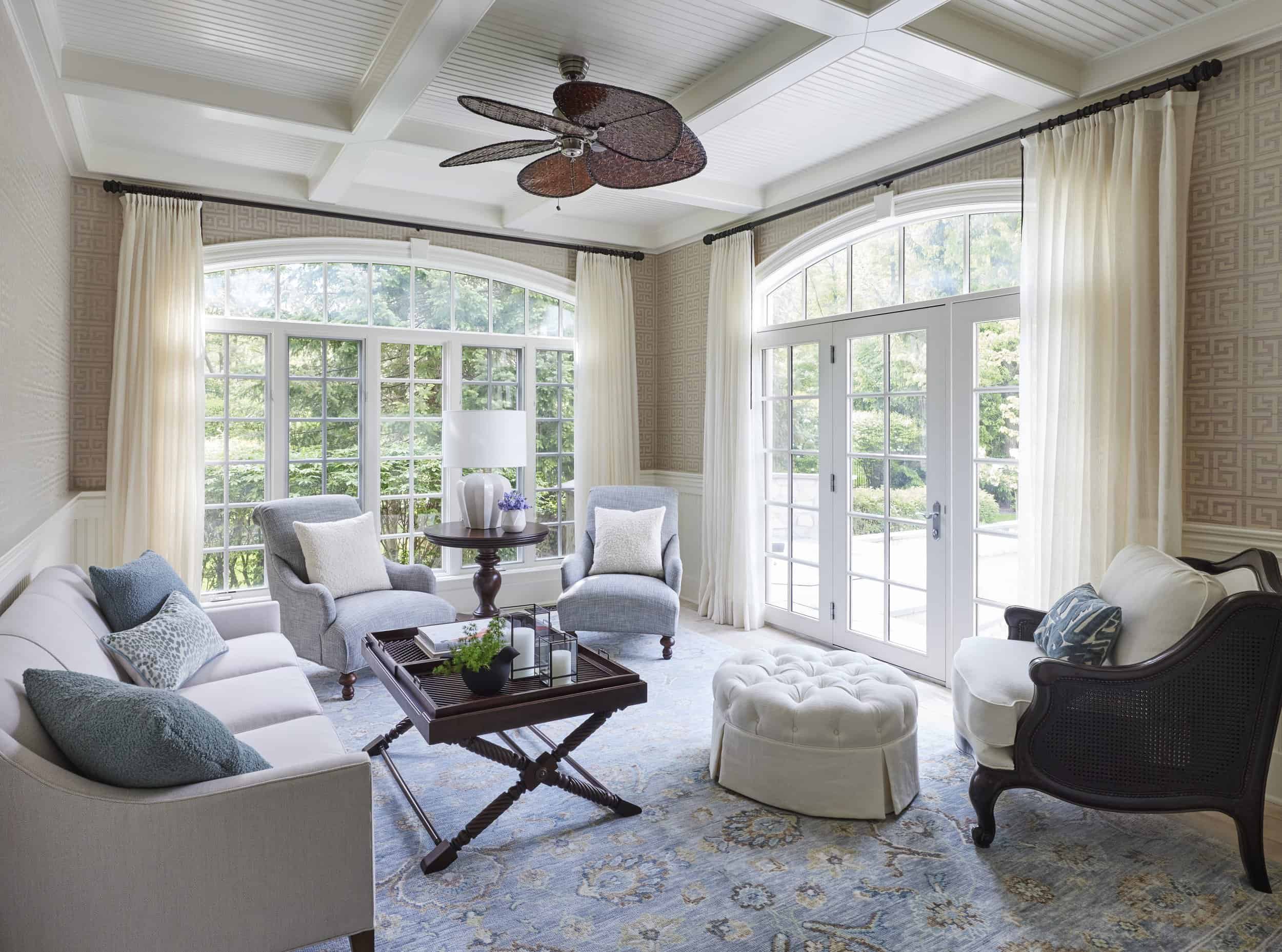Boost Your Home's Aesthetic: The Essential Connection Between Interior Design and Home Engineer
In the pursuit to transform a house right into a home, the bond in between indoor design and style is important. As we discover this topic better, we'll introduce essential strategies for integrating building structure with indoor visual appeals, welcoming you to uncover new measurements of your living room.
Recognizing the Core Principles of Interior Design and Architecture
While several might perceive interior layout and architecture as just aesthetic searches, they are, as a matter of fact, complex self-controls rooted in specific core concepts. These concepts guide the creation of functional, lasting, and aesthetically pleasing spaces. In interior design, components such as focus, equilibrium, and rhythm are vital factors to consider. Designers adjust these components to create areas that are not just visually enticing, however comfortable and likewise useful. Design revolves around principles such as elegance, resilience, and energy. Architects have to consider these elements while creating structures that meet the demands of their occupants, withstand the examination of time, and contribute favorably to their surrounding environment. Recognizing these core concepts is vital for valuing the deepness and breadth of these interconnected disciplines.

The Symbiotic Connection Between Interior Design and Home Design
Though apparently distinctive, interior layout and home style share a cooperative connection that is crucial to the creation of unified, practical, and cosmetically pleasing living spaces. The design offers the skeleton, a physical structure where indoor style breathes life, transforming these areas into homes. They are interdependent; the design usually informing the interior style options, and vice versa.
Crucial Element for Integrating Interior Design and Architectural Design

Instance Studies: Effective Combination of Interior Design and Style
Checking out a number of case researches can drop light on the successful combination of indoor style and architecture. It utilizes a comparable strategy, yet the interior design is bolder, with a prominent sculpture in the living location, developing a dynamic interaction between the style and indoor layout. These situations show the potential for indoor style and design to boost each various other, producing a natural and aesthetically pleasing setting.
Tips for Aligning Your Interior Design With Your Home's Architectural Attributes
While it might appear difficult, straightening your interior layout with your home's architectural attributes can considerably enhance Homepage the general aesthetic and environment. The primary step is to comprehend the architectural style of your house, whether it's modern-day, standard, or a mix of both. Then, pick home furnishings and designs that match it. A modern home could profit from minimal furnishings, while a conventional house may look best with timeless pieces. Utilize the natural light, shapes, and lines of your home's design. If your house has one-of-a-kind attributes like curved entrances or subjected beams, highlight them. Do not cover these up; rather, make them centerpieces. With thoughtful consideration, your indoor layout can perfectly mix with your home's architecture, creating a natural and inviting space.
Final thought

Boost Your Home's see it here Aesthetic: The Check Out Your URL Crucial Connection Between Interior Layout and Home Designer - Winchester architect
Though seemingly distinct, interior design and home style share a symbiotic relationship that is vital to the development of unified, practical, and cosmetically pleasing living areas. It utilizes a similar approach, but the interior style is bolder, with a popular sculpture in the living location, creating a dynamic interplay in between the design and indoor style. With thoughtful factor to consider, your interior design can flawlessly blend with your home's design, developing a cohesive and welcoming space.
In significance, home style and interior style are interdependent techniques that, when harmoniously integrated, can elevate a home's visual and livability. - Winchester architect